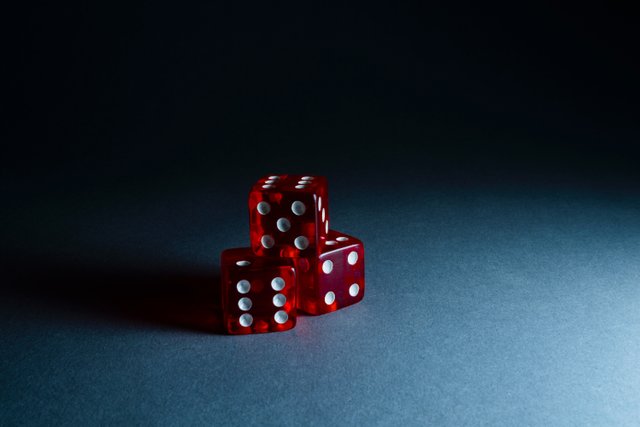Describing the die

Imagine a die (plural: dice). Six faces, six colors. Now imagine that die as giant, and mystically floating in free space. Each of six individuals, identical in psychological makeup - clones, if you will - are placed exactly in front of some face of the die (they'd magically be floating too, the one on the bottom face floating upside down) such they have no visual feedback except the surface they're facing.
Now you ask each of these individuals - what is it that you see?
Each would invariably answer that it was a wall of some color, the color that'd been associated to them (allotted to them, by some means either random or not) at the beginning of this experiment. If you asked for more information, they would have none. Two interesting sub-cases are worth attention. One is when the die is sufficiently large, and the boundaries i.e. the edges on face are not observable by the observer. Second is when the die is sufficiently small for the boundaries to be perceived and observable by the observer (related side-note: perception =/= observation).
In the two cases, the total information available to the observers are different, with the second knowing more than the first i.e. the wall is not indefinite, and that it has a boundary.
More importantly, the observer may further observe that there are indeed limits to his knowledge - he may observe that he knows nothing about the object and situation under consideration (the 'system') beyond the boundaries of the wall.
This distinction between the two observers - of observation of the boundaries of perception - may seem trivial but is, in fact, crucial.
This points to another important fact: although the second observer has more of a clue than the first, neither of them know the totality of the system i.e. they can't place it to be the object we know as a die.
The first observer thinks it is an indefinite wall - not only does he not know the totality, but he has no suspicion of the sum of his perceptions of the totality being limited. The second is aware of the existence of bounds to the sum of him perceptions.
For the second to know what it is, he must first know what a die is - he needs the blueprint, the knowledge, the mental construct for which "die" in its written and verbal form is a mnemonic reference. Otherwise even if someone came up to him and told him what is is, it would be nothing but an empty shell to him - merely a name.
Furthermore, he must have what is needed to link the mental construct he's formed of the system through observation with the object we keep referring to as a "die". This is nothing but the process of generalization in the logical plane, to draw ties and links back and forth from a smaller, less general conceptual layer to a high, more general layer.
Congratulations @idhyah! You received a personal award!
You can view your badges on your Steem Board and compare to others on the Steem Ranking
Do not miss the last post from @steemitboard:
Vote for @Steemitboard as a witness to get one more award and increased upvotes!